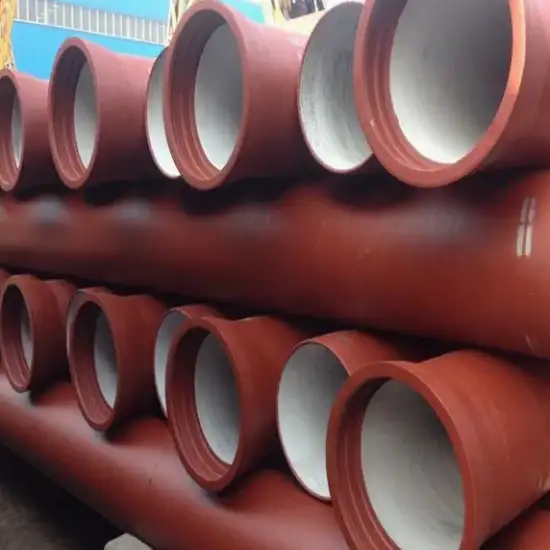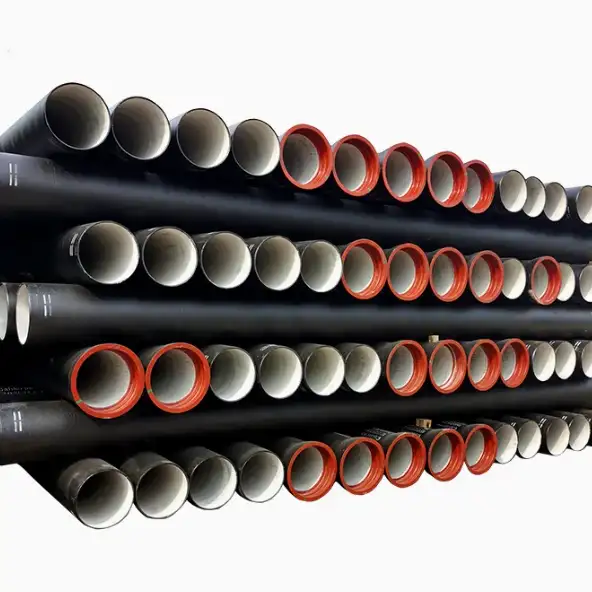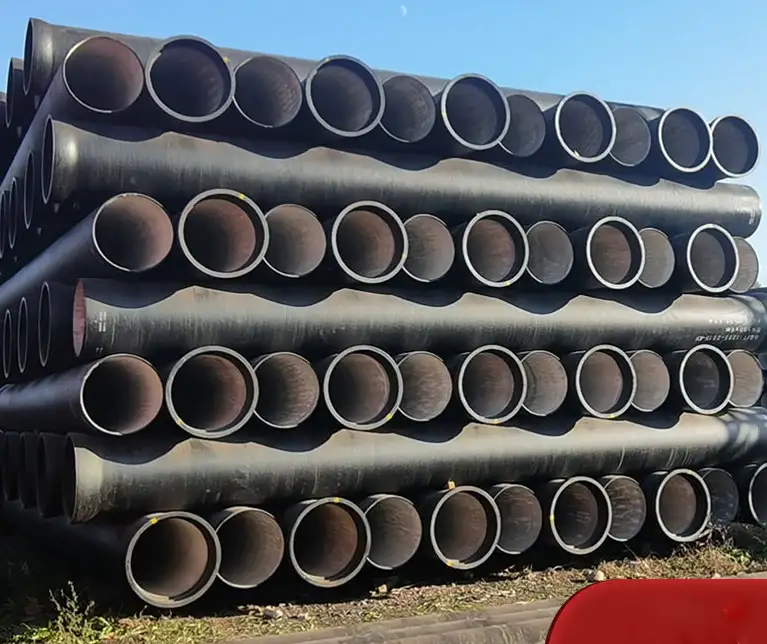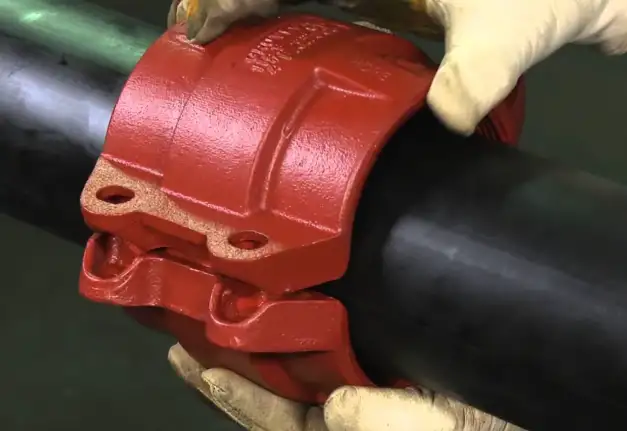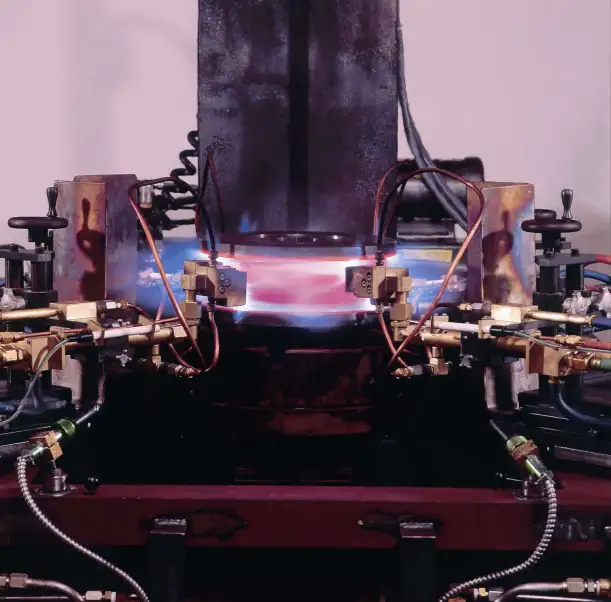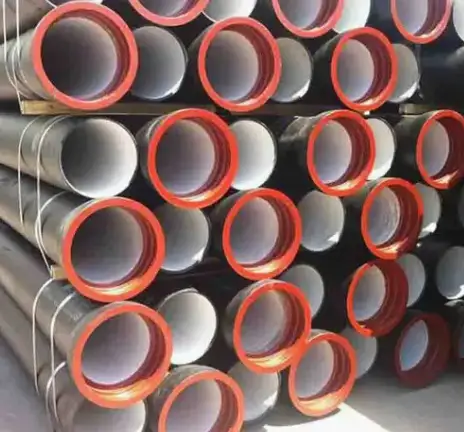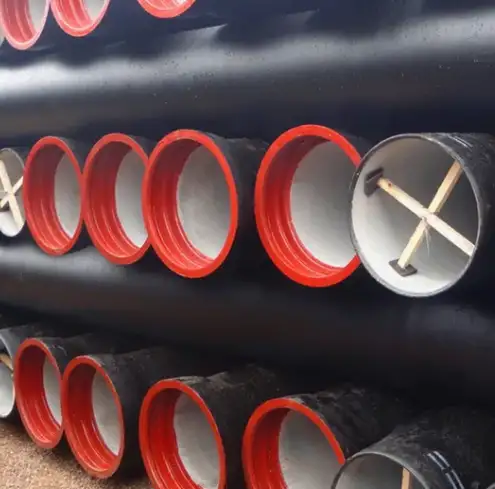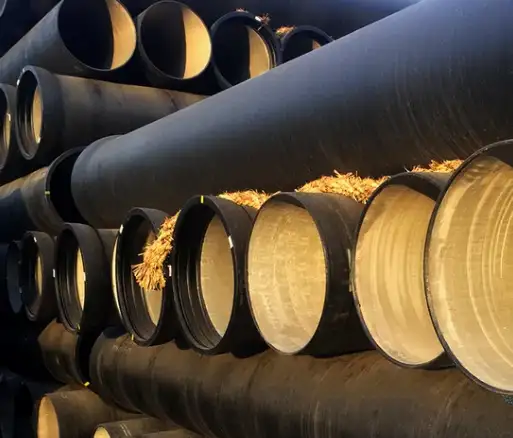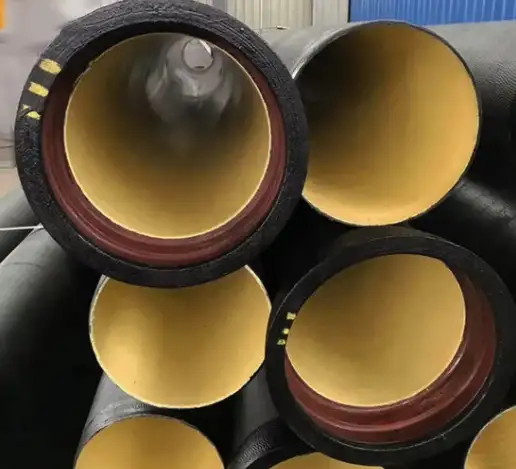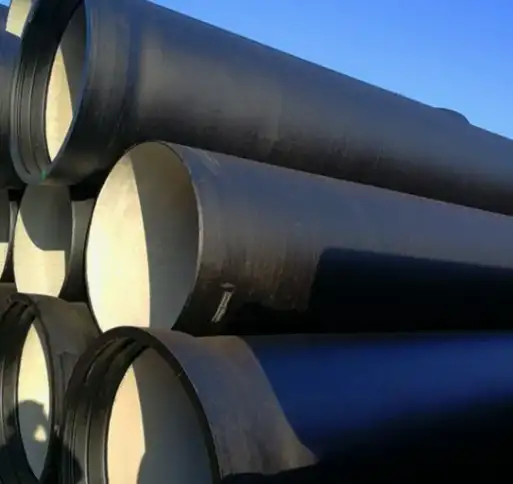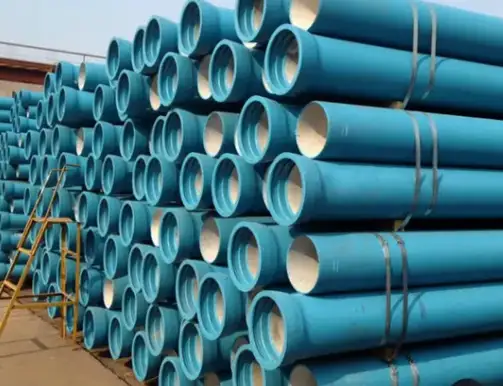News
2025-04-28
Improving elongation in ductile iron requires optimizing its microstructure to enhance ductility while maintaining strength. Key approaches include controlling nodule count (aiming for 100-150 nodules/mm²),...
2025-04-28
Enhancing the fluidity of ductile iron is crucial for achieving defect-free castings with complex geometries. Key strategies include optimizing pouring temperature (typically 1350-1420°C), adjusting carbon...
2025-04-28
Hydrotesting ductile iron pipe is a critical quality control process that verifies system integrity by pressurizing the pipeline with water to detect leaks or weaknesses. Conducted after installation,...
2025-04-28
Grooving ductile iron pipe involves machining precise circumferential grooves near pipe ends to accommodate mechanical couplings, enabling fast and secure connections without welding or threading. This...
2025-04-28
Flame hardening ductile iron is a localized heat-treating process that enhances surface hardness and wear resistance while maintaining the material’s core toughness. This controlled technique involves...
2025-04-28
Installing ductile iron pipe requires proper alignment, joint assembly, and sealing techniques to ensure a leak-free, durable connection. Common methods include push-on rubber gasket joints, mechanical...
2025-04-28
A ductile iron tee is a T-shaped pipe fitting made from ductile iron, a high-strength, corrosion-resistant material with enhanced flexibility compared to traditional cast iron. Designed to split or combine...
2025-04-28
Cutting large ductile iron pipe demands robust tools and precise techniques to maintain structural integrity and safety. Common methods include using diamond-blade saws, oxy-acetylene torches, or hydraulic...
2025-04-28
Connecting ductile iron to stainless steel requires careful consideration of material compatibility, joint integrity, and corrosion prevention. Common transition methods include flanged connections with...
2025-04-28
Creating a precise tapered recess in ductile iron castings requires specialized machining techniques to maintain dimensional accuracy and surface finish. Common methods include using tapered end mills,...
2025-04-28
Identifying the differences between cast iron and ductile iron involves examining physical properties, microstructure, and performance characteristics. While both are iron-based alloys, ductile iron’s...
2025-04-28
Cutting cement-lined ductile iron pipe requires specialized tools and techniques to maintain the integrity of both the iron pipe and its protective lining. Common methods include abrasive saws, diamond-blade...
No posts found

